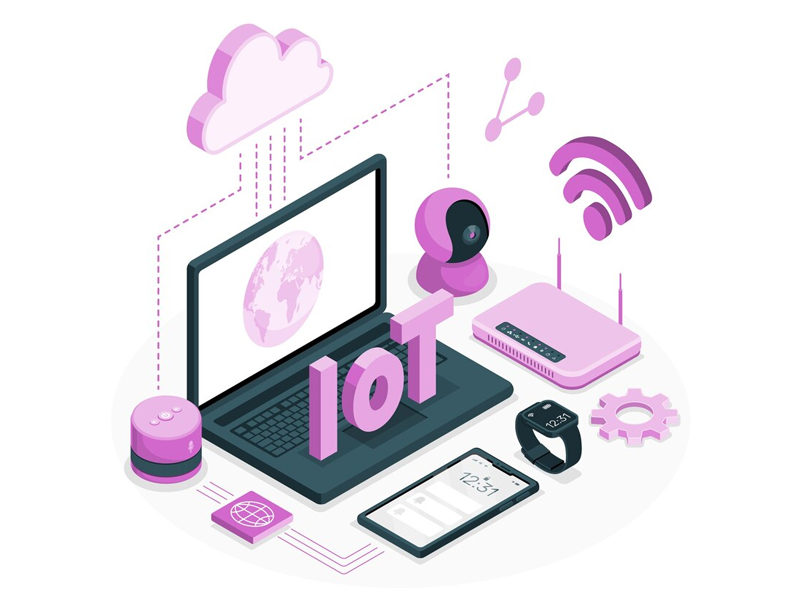Huawei, one of the largest private companies in China, sells telecommunications equipment all over the world. In the telecommunications industry, Huawei has a range of competitors, including Ericsson and Nokia. With these stunning rivals the China’s tech giant Huawei said
that profits for the full year 2015 rose by 33% from a year earlier, boosted primarily by the demand for its smartphones, among other devices.
With strong sales in China and Western Europe, Huawei’s smartphone business grew quickly and the net profit came in at 36.9bn ($5.7bn; £3.96bn) according to the firm.
Huawei is one of the biggest smartphone vendors behind Samsung and Apple and is also one of the world’s largest telecommunications firms. While it has been blocked from running broadband projects in the US and Australia over espionage fears, its other businesses, such as consumer electronic products, including mobile devices, are allowed into the US market.
The firm concluded that its three business groups generated 395bn yuan ($60.8bn; £42.3) in annual revenue worldwide, up 37% from a year earlier and the major highlight for the period was consumer division revenue, which rose 73% from a year earlier.
This rise had been primarily been driven by the demand for its “high-quality products that deliver a premium user experience, as well as Huawei’s growing influence as a consumer brand.” So finally Huawei has kept up its word as it had previously said that it wants to shed its low-cost appeal and produce high-margin premium devices to challenge Samsung and Apple at the top end of the market.



Gemini Evolves: Your AI Assistant on the Go with the New Overlay Feature
Cloud Storage: Powering Progress or Polluting the Planet?
Gearing Up for a Connected Tomorrow: Top Trends Shaping the Future of IoT
No More Range Anxiety: Google Maps Uses AI to Simplify EV Charging